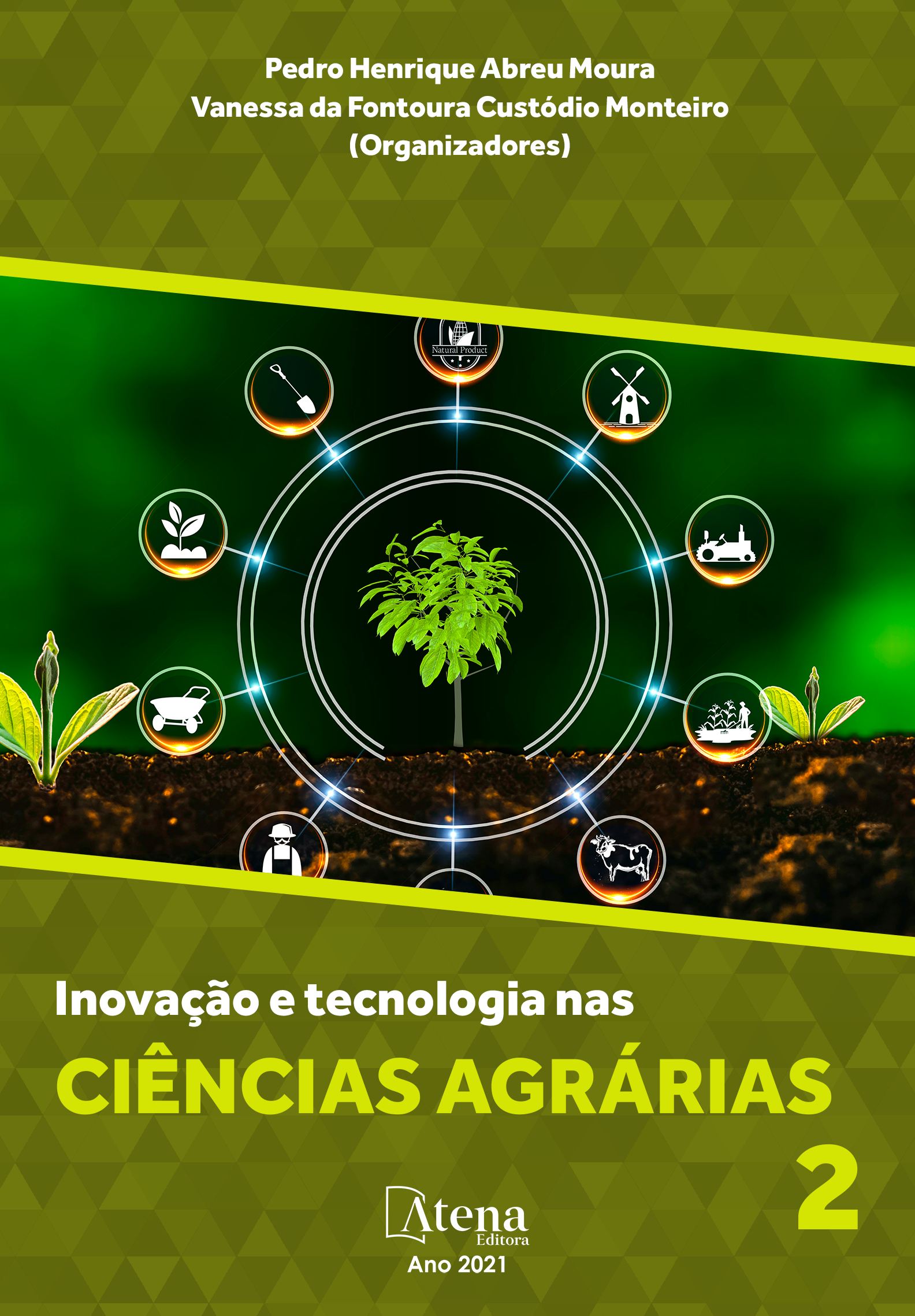
PREDICCIÓN DE LA COMPOSICIÓN QUÍMICA-BROMATOLÓGICA DE FORRAJE DE PASTO-ELEFANTE (PENNISETUM PURPUREUM SCHUM.) POR ESPECTROSCOPIA DE REFLECTANCIA EM EL INFRARROJO CERCANO, NIRS
El método tradicional de análisis del valor nutricional de los forrajes, ampliamente utilizado em laboratorios, es de alto costo. Además, se utilizan reactivos químicos, que contaminan el medio ambiente y presentan riesgos para el operador. Como alternativa, aparece el método NIRS (espectroscopía de reflectancia en el infrarrojo cercano), que presenta velocidad, menor costo, además de no ser contaminante por no usar reactivos químicos. El objetivo del proyecto fue desarrollar modelos quimiométricos para predecir el valor nutricional del forraje de pasto-elefante por NIRS, con el fin de promover un rápido retorno de los resultados a los usuarios y reducir la generación de residuos contaminantes. El experimento de campo y el análisis de la composición química-bromatológica de forraje de pasto-elefante se llevó a cabo en la Universidad Federal de Mato Grosso, Brasil. La calibración y validación por el método NIRS se llevó a cabo en la Universidad de Sevilla, España. Las estimaciones fueran excelentes (r2>0,90) para proteína bruta (PB), materia mineral (MM), fibra en detergente neutro indigestible (FDNi); buenas (0,80<r2≤ 0,90) para fibra detergente neutro (FDN), fibra en detergente neutro libre de cenizas y proteínas (FDNcp), proteína insoluble en detergente neutro (PIDN) y ácido (PIDA).
PREDICCIÓN DE LA COMPOSICIÓN QUÍMICA-BROMATOLÓGICA DE FORRAJE DE PASTO-ELEFANTE (PENNISETUM PURPUREUM SCHUM.) POR ESPECTROSCOPIA DE REFLECTANCIA EM EL INFRARROJO CERCANO, NIRS
-
DOI: 10.22533/at.ed.7172116126
-
Palavras-chave: calibración, fibra en detergente neutro, materia mineral, proteína bruta, validación
-
Keywords: calibration, neutral detergent fiber, mineral matter, crude protein, validation
-
Abstract:
The traditional method of analyzing the nutritional value of forages, widely used in laboratories, is expensive. In addition, chemical reagents are used, which pollute the environment and present risks to the operator. As an alternative, the NIRS method (near infrared reflectance spectroscopy) appears, which has speed, lower cost, as well as being non-polluting because it does not use chemical reagents. The objective of the project was to develop chemometric models to predict the nutritional value of elephant grass forage by NIRS, in order to promote a rapid return of results to users and reduce the generation of polluting residues. The field experiment and the analysis of the chemical-bromatological composition of elephant grass forage was carried out at the Federal University of Mato Grosso, Brazil. Calibration and validation by the NIRS method was carried out at the University of Seville, Spain. The estimates were excellent (r2> 0.90) for crude protein (CP), mineral matter (MM), fiber in indigestible neutral detergent (NDFi); good (0.80 <r2≤ 0.90) for neutral detergent fiber (NDF), fiber in neutral detergent free of ash and protein (NDFcp), protein insoluble in neutral detergent (PIDN) and acid (PIDA).
-
Número de páginas: 16
- Joadil Gonçalves de Abreu
- Victor Manuel Fernandez Cabanás
- Eduardo André Ferreira


